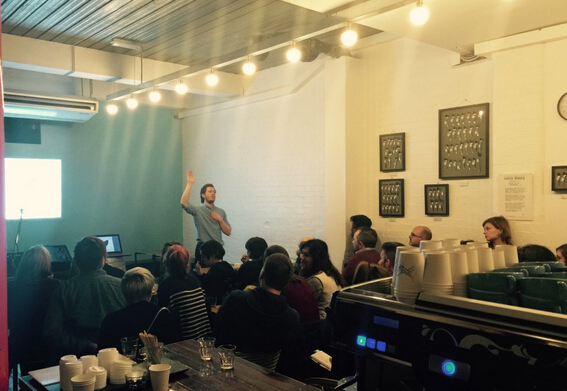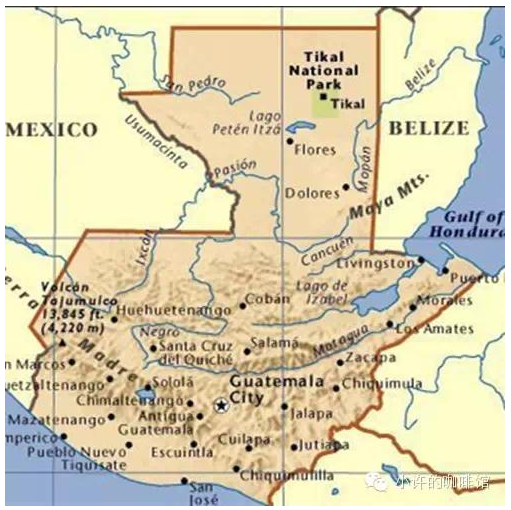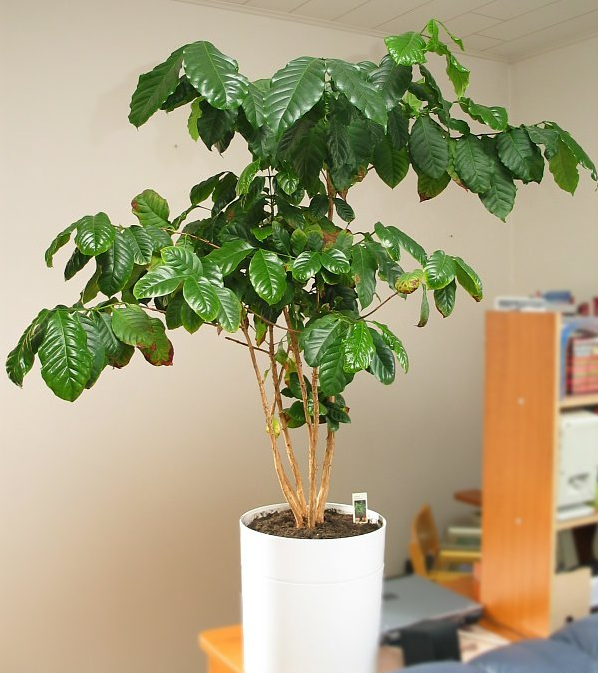Water is definitely an important factor in determining the final quality of coffee.

Maxwell Corona Dashwood (Maxwell Colonna-Dashwood), winner of two British barista competitions in 2014 and 2015, explains how water quality affects coffee quality.
At the beginning of the lecture, Corona Dashwood prepared three coffee samples A, B and C for the audience. The audience was invited to taste three cups of coffee and record the differences in taste. The coffee is Burundian coffee beans baked by the Round Hill Roastery company in the town of Radstock, near the city of Bath. Raw beans are provided by NordicApproach.
Sample A: strong sour taste, hollow taste, sharp and astringent taste.
Sample B: the taste is grassy, insipid and bitter, and the overall taste is stronger than that of sample A.
Sample C: sweeter, with a little sour feeling. This cup of coffee will taste very dry after it cools.
Water and coffee
After tasting the coffee sample, Corona Dashwood went to the audience and began to talk about his recent theme. It explains how he realized the effect of water quality on the quality of coffee after drinking a cup of coffee with poor taste. At the same time, he also asked a lot of interesting questions, for example, how can we determine the true taste of coffee under different water quality, how hard or soft water quality will affect the heaviest taste of coffee, what is really suitable for making coffee, and so on. Later, Corona-Dashwood elaborated on the above issues from a chemical point of view.
Corona Dashwood worked with Christopher H. Hendon, a renowned chemist and theorist in the chemistry department of the University of Bath, on coffee water. It was their research that helped Corona Dashwood win the British barista contest in 2014. Soon the two will publish a book and outline the details of the book through a table. This table combines the content compiled by the American Fine Coffee Association (SCAA) and the British Fine Coffee Association (SCAE), and draws on the research results of VST company Cince Fedele and others in related fields. This table distinguishes the carbonate hardness of water from the overall hardness, thus better showing the reader how the two interact with each other.

The composition of H-O
From a chemical point of view, calcium, magnesium and biological carbonates (commonly known as alkali) in water have the greatest impact on coffee. Of course, water contains more than that, but the above three have the most obvious impact on the taste of coffee. The ratio between the overall hardness of water and the hardness of carbonate ultimately determines the taste of coffee. The combination of calcium and magnesium can extract the essence of coffee. Through the story of Corona Dashwood, I learned that coffee itself is a solvent. So how much of the coffee powder can be dissolved in water and reflected in the final taste?
Using this table, Corona Dashwood explains what standard of water is more suitable for making drip coffee or espresso, and which water can be turned into a multi-purpose water by the American Fine Coffee Association (SCAA). The water that just made those three cups of coffee failed to meet the above two standards, of which:
There are almost no biological carbonates in the water of sample A, the mineral content is very low, and the water quality is very soft, so the coffee tastes sour and astringent.
Sample B has high water carbonate hardness and overall hardness, so the coffee tastes rough and thick.
The water of sample C is similar to the so-called multi-functional water. The hydrochloride hardness and overall hardness of water are moderate. The taste of coffee can only be said to be qualified, but it is not distinctive and can not impress people.
Understand the water quality
Corona Dashwood helped us understand the importance of water quality. Since then, he has recommended several water filtration systems suitable for coffee shops and household use. Corona-Dashwood recommends that people use Water Drop Kit to test water quality at home. Although understanding the hardness and overall hardness of carbonate in water can give us a better understanding of water quality, it does not help us to improve the quality of water.
Therefore, Corona-Dashwood recommends that family baristas try different brands of bottled water and find out which ones are most suitable for making coffee. Personally, he prefers to use Waitrose, Volvic and Ashback bottled water. He believes that these three brands of bottled water are currently available in the UK and are the most suitable for making coffee. When choosing coffee water in other countries, people should assess the water quality through the mineral content scale on the package.
Custom-made water for you
There is another way to improve the quality of water used to make coffee at home. Where can I find water that meets the requirements of carbonate hardness and overall hardness? Quite simply, you can create the water that really suits you. You need to measure the amount of minerals in the water and then add the missing elements. By controlling the level of mineral elements, you can control the final taste of the coffee, thus improving the overall quality of the coffee. Making coffee requires precise control of a variety of factors. You need to measure time, weight of coffee powder, amount of water, total weight of coffee, temperature, degree of grinding, and so on. Now you should realize that controlling the quality of water is also an indispensable part of the process of making high-quality coffee.
To make the perfect coffee, people must try a variety of gouache proportions and methods. Water accounts for 98-99% of the total coffee, so water is definitely an important factor in determining the final quality of coffee.
Share from Cafe Culture
Important Notice :
前街咖啡 FrontStreet Coffee has moved to new addredd:
FrontStreet Coffee Address: 315,Donghua East Road,GuangZhou
Tel:020 38364473
- Prev

World Coffee Tour (4) Guatemala
Guatemala is a big coffee producer in Central America, ranking eighth in the world in terms of output. Guatemala, whose name comes from the Mayan language, means thelandofmanytrees, the country of the forest. Located in Central America, it is known as the pearl in the crown of China and the United States. Although Guatemala has a limited land area, it has a rich and diverse climate. A country famous for lakes and volcanoes, volcanic soil,
- Next

Technical Essentials of planting domestic Coffee trees
First, seeds: they can be picked by themselves or purchased online. Second, seed treatment: choose coffee seeds with good quality and parchment. Third, planting: the treated seeds can be planted directly or soaked in water before planting. Direct planting is very simple, put the seeds directly into vermiculite, the thickness of the surface soil and the thickness of the seeds can be the same; soaking varies according to different seasons. Such as
Related
- What is the meaning of lactic acid fermentation with coffee bean treatment?
- How to judge the state of foam by sound?
- How does the latte pull out the unicorn pattern? Come to get for a little trick to improve the flower pull!
- Will flower pulling affect the taste of the latte?
- Do you know the history of coffee?
- The difference between honey treatment and sun washing what is raisin honey treatment?
- What kind of milk can a novice use to make coffee foam to keep the foam longer? The correct method and skills of milking tutorial sharing
- Why do washed coffee beans taste sour? Flavor characteristics of washed Coffee
- Introduction to the skill of how to practice the size and height of water injection around the circle of hand-brewed coffee
- How do beginners practice coffee flower drawing from scratch?

